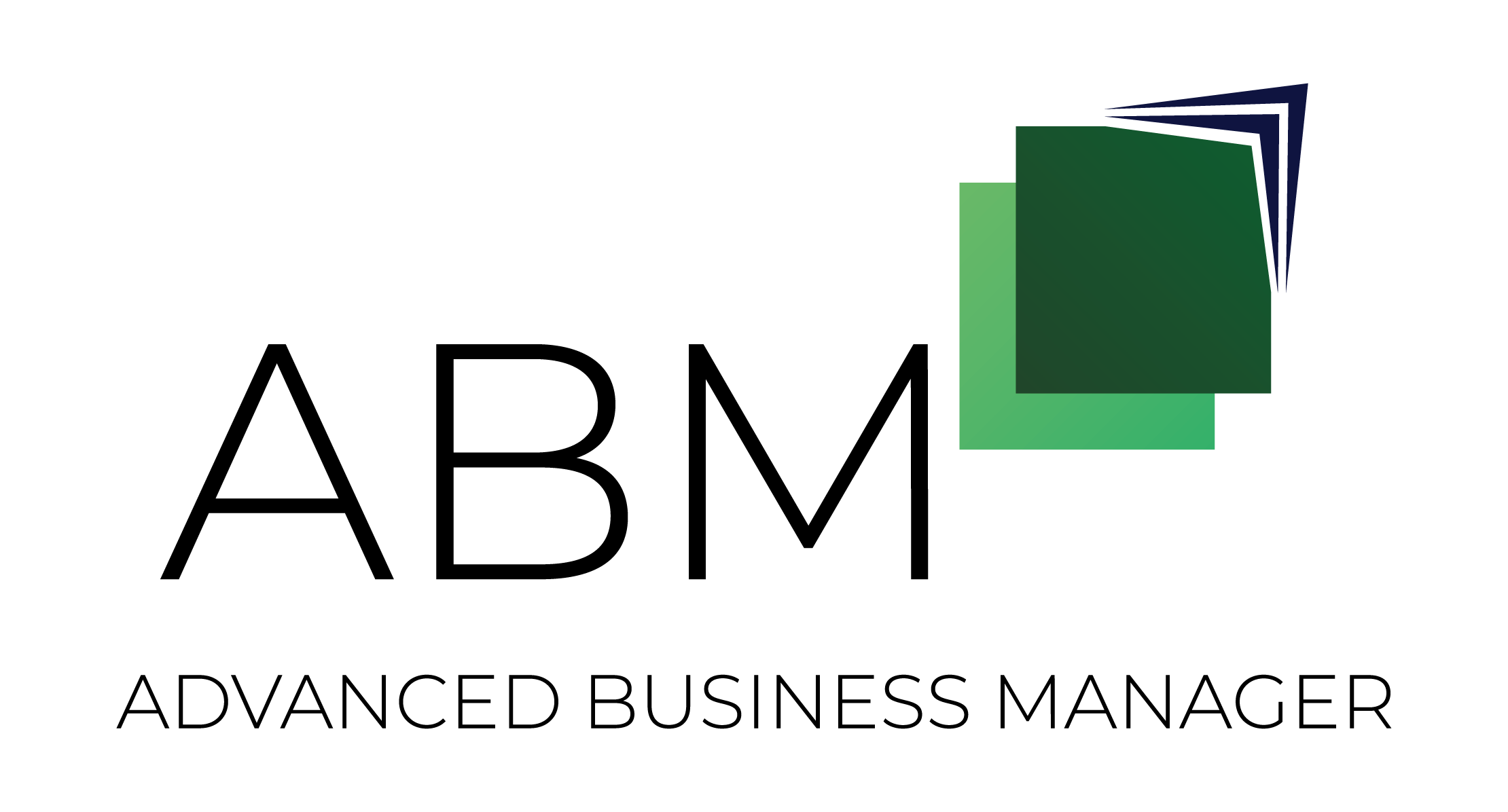Big data runs the world, and companies are scrambling to gather as much of it as possible.
It’s because information is power, and that couldn’t ring more true than in the manufacturing industry. Organisations are leveraging their existing assets in a variety of innovative ways to improve their processes. Information-driven manufacturing is one strategy that’s benefiting enterprises that have undergone a digital transformation, and there’s no end of it in sight.
On a need-to-know basis
The Internet of Things (IoT) and platforms like business management software are making it simple to collect data on areas such as the production floor or the supply chain, and spin it into tangible insights. This is the fundamental understanding of information-driven manufacturing: Enhancing best practices by making assets more intelligent.
Information-driven manufacturing relies on intelligent assets.
But the new strategy doesn’t simply wp-contently to automation or predictive maintenance. Organisations are taking a unified approach to the supply chain by connecting a variety of databases and creating a unified network that supports information sharing. With structured stock software, the customer relationship management (CRM) wp-contentlication and the general ledger all communicating with each other, administrators gain real-time access to figures and metrics that can support better decision-making.
In turn, this is making it easier for employees to retain customers or make quick changes in support of better quality control on the warehouse floor. Companies aren’t blindly following a set blueprint because it worked in the past; they’re continuously questioning it.

Where to begin
The first step to incorporating the strategy is in the name itself: information-driven manufacturing. Unfettered access to data makes it easier for personnel to adapt their approaches and gain an all-encompassing view of operations. This wasn’t possible through legacy systems like spreadsheets or even pencil and paper bookkeeping.
Trying to connect the dots by piecing together siloed systems can be time-intensive and a huge investment of capital. Instead, companies are integrating platforms like business management software that provide a full suite of interconnected wp-contentlications. By doing so they’re able to keep the programs that employees have come to rely on, like digital accounting or project invoicing, while ushering in innovations like business intelligence or a mobile CRM.
An information-driven manufacturing strategy is only as effective as the platform powering it. Talk to an Advanced Business Manager representative today to learn more.







